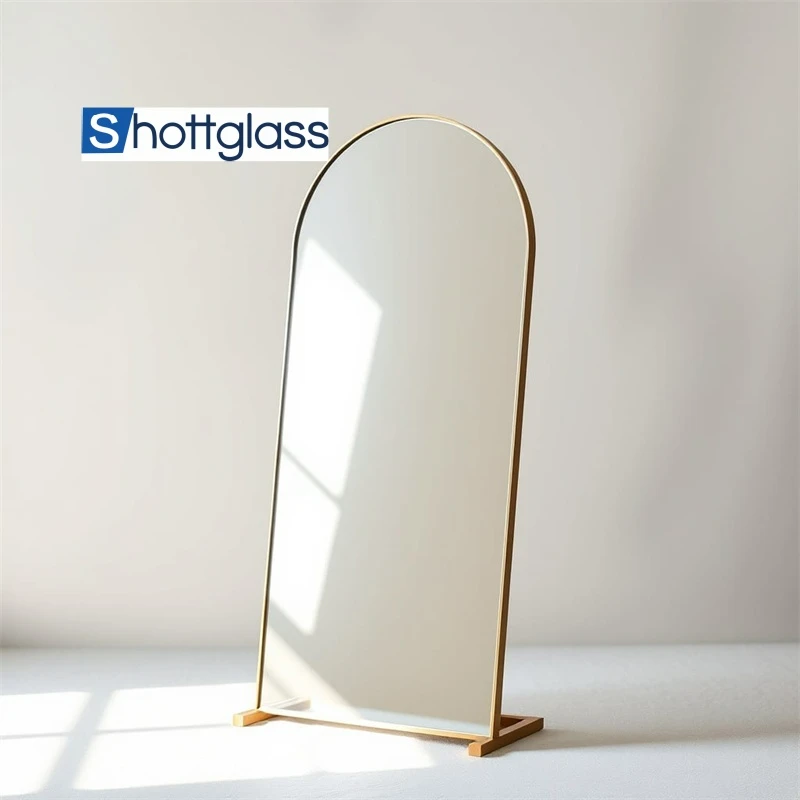Sep . 24, 2024 11:35 Back to list
Durable and Unseen Glass Solutions for Modern Architecture and Design Applications
The Evolution of Toughened Obscure Glass
In the realm of architectural and interior design, glass has always held a special place, offering transparency, elegance, and a connection to the outdoors. Among the various types of glass available today, toughened obscure glass stands out for its unique blend of strength and privacy. This article explores the evolution, advantages, and applications of toughened obscure glass in modern settings.
Toughened glass, also known as tempered glass, is produced through a process of extreme heating and rapid cooling, making it significantly stronger than regular glass. This tempering process not only increases its strength but also ensures that if it does break, it shatters into small, blunt pieces rather than sharp shards, reducing the risk of injury. The inclusion of obscurity in the glass adds another layer of functionality, providing privacy while still allowing light to permeate a space.
The concept of obscure glass is not new. Historically, it has been used in places where privacy is paramount, such as bathrooms and office spaces. However, the introduction of toughened obscure glass has revolutionized its applications. Architects and designers now have the ability to utilize this type of glass in a broader range of settings, from residential homes to commercial buildings, without compromising on safety or aesthetics.
One of the primary advantages of toughened obscure glass is its versatility
. It can be produced in various patterns and textures, enabling designers to create distinctive visual effects while maintaining the benefits of both strength and privacy. This capability opens new doors for creative expression in design, allowing for innovative solutions that cater to specific needs. Moreover, the glass can be treated for additional functionalities, such as energy efficiency and UV resistance, making it an ideal choice for modern structures striving for sustainability.toughened obscure glass

Another significant advantage of toughened obscure glass is its impact on natural light. Unlike traditional frosted glass, which can sometimes block too much light, toughened obscure glass allows a gentle diffusion of light, brightening spaces without sacrificing privacy. This characteristic is invaluable in smaller spaces where natural light is at a premium, creating a more inviting atmosphere.
In residential applications, toughened obscure glass is increasingly used in shower enclosures, partition walls, and window treatments. In commercial settings, it can be seen in conference rooms, storefronts, and office cubicles, where a sense of openness is desired without compromising confidentiality. Its aesthetic appeal also makes it a popular choice for decorative panels and feature walls.
As urban spaces continue to evolve, the demand for materials that provide safety, privacy, and beauty will persist. Toughened obscure glass fits perfectly into this narrative, offering a sophisticated solution for both residential and commercial environments. Its durability, combined with its ability to enhance light while maintaining visual barriers, positions it as a crucial component in the future of architectural design.
In conclusion, the emergence of toughened obscure glass marks a significant step forward in the world of design and architecture. By marrying strength with style, it not only meets practical needs but also elevates the overall aesthetic of any space, making it a coveted material for the modern age.
-
Sustainable Practices in a Modern Coated Glass Factory
NewsAug.07,2025
-
Insulated Glass Unit Installation Best Practices and Tips
NewsAug.07,2025
-
Frosted Glass Types and Custom Solutions for Sale
NewsAug.07,2025
-
Current Clear Float Glass Price Trends in Global Markets
NewsAug.07,2025
-
Comparing Different Types of Laminated Glass Performance
NewsAug.07,2025
-
Best Anti Fog Bathroom Mirror Solutions for Humid Climates
NewsAug.07,2025
Related PRODUCTS














